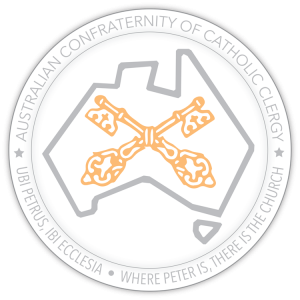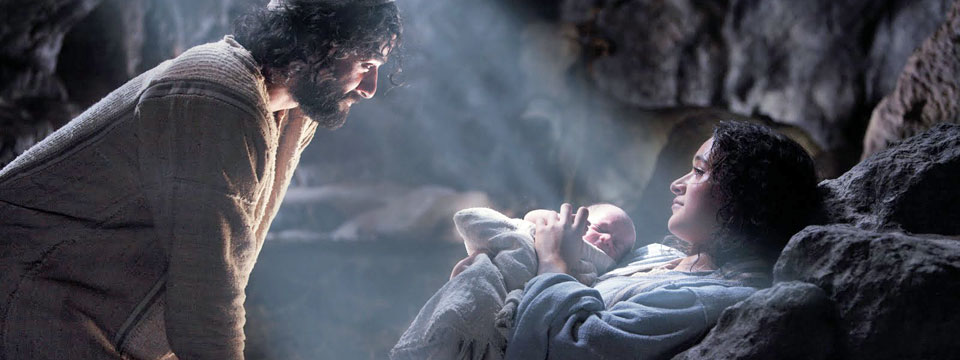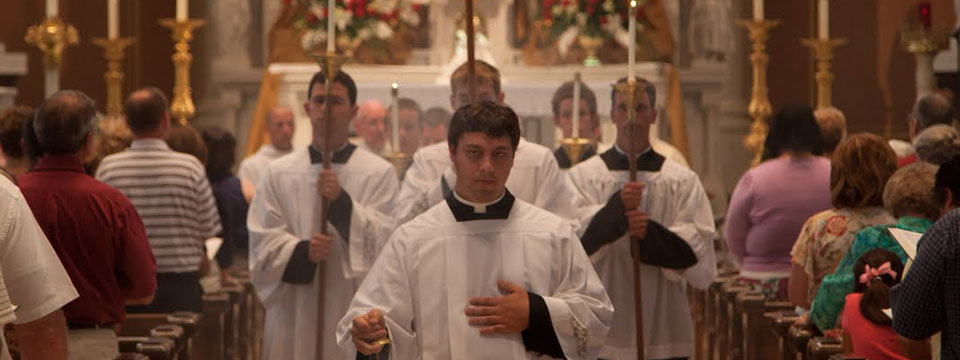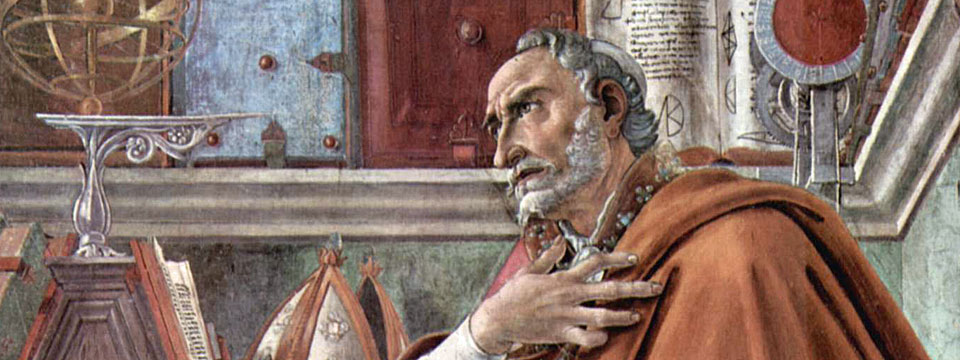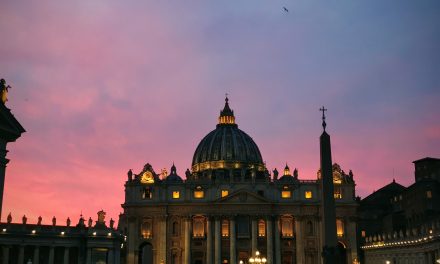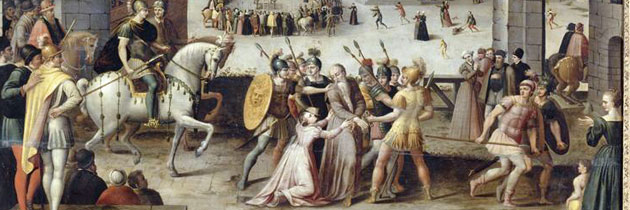There is no mention in the Gospels of the birth of the Virgin of Nazareth, chosen by God to be the mother of His Incarnate Son. The text used for this feast is an account of the birth of Jesus. At first I wondered about this. Then I realised when a child is born a mother is born. When a child is born, its mother begins to be a mother. Even if she is already mother to other children this new child makes her a new mother; a new chapter in her mothering begins.
In the birth of the Son of God, Mary begins to be the Mother of the Incarnate God. Mary’s motherhood was born at the birth of her Son. Mary was born again as our mother when her Son was hanging upon His gallows.
The title of motherhood awarded to St Mary that I appreciate most is a Medieval one. It has been applied to her since the 10th Century: ‘The Blessed virgin Mary, Mother of Fairest Love.’ The expression is found in the Vulgate text of the Book of Sirach, Ch 24, verse 24, where we read:
I am the mother of fairest love, of reverence, of knowledge, of holy hope.
Our Lady worshipped God throughout her life in all that she did with ‘fairest love’, because her soul was ever immaculate, her heart and intentions ever pure. There never was a time when sin marred the intimate communion she had with God ‘in the beauty of her holiness’.
In the Gospels we discover her present at all the major events of her Son’s life. We observe in her the perfection of His Gospel. And so we revere her as His Mother, and seek to learn from her, as His first and most devoted disciple. I would like to suggest that on this feast day we think upon one expression of Our Lady’s ‘fairest love’ – that is, her exquisite courtesy.
Early last century, the author, poet and Catholic apologist Hilaire Belloc visited the Benedictine Abbey of Downside, near Storrington in southern England. It was Archbishop Polding’s Abbey and so has an historic link with Australia. Having been shown into the Abbey parlour, Belloc stood and studied three large murals hanging on three of its walls. These depicted the Annunciation, the Visitation and the Nativity. He expressed his admiration for them, and declared to the monks present, ‘You have here three paintings, and I see shining out from each one of them – the light of courtesy’. This prompted him to write a poem on the subject which begins with the two verses:
‘Of courtesy, it is much less,
Than courage of heart and holiness,
Yet, in my walks it seems to me
That the grace of God is in courtesy’.On monks I did in Storrington call,
They took me straight into their hall;
I saw three pictures on the wall,
And Courtesy was in them all’.
The dictionary describes courtesy as politeness, good manners and civility. The thesaurus further suggests that it is akin to kindness, graciousness, affability, gallantry, elegance and urbanity. There is quaintness about many of these words, and few of them would find a place in our current vocabulary. I wonder, if the Benedictine monks welcomed us into that same parlour at their Abbey of Downside today, would we like Hilaire Belloc, immediately perceive the virtue of courtesy in the three murals? Probably not. And yet, when you think of it, the scenes and exchanges between Mary and the Archangel Gabriel at the Annunciation; between Mary and Elizabeth at the Visitation; and Mary with Joseph, the angels and shepherds at the Nativity, all manifest a lovely gentleness, reverence and courtesy. And these qualities are captured in the paintings of so many great Masters who took up these themes in their works. And we could add other Gospel scenes where Mary is present:
The Presentation of the Lord, The finding of the Child Jesus in the Temple, at the wedding in Cana of Galilee, standing at the foot of the Cross on Calvary, and gathered in prayer with the disciples in the Upper Room at Pentecost. Here too, we sense?the presence of her peacefulness, graciousness, gratitude, reverence and courtesy.
The word courtesy may evoke for us the civility of another age, another culture, another society. Ours is marked more by selfish – ambition, immorality, coarseness, crudity, anger, aggression, and in terrorist activities and war – inhuman brutality. Perhaps we need to rediscover, prize and practice the virtue of courtesy today more than ever – in our diocese, parishes, presbyteries, organisations, in our neighbourhood, at the supermarket, etc. Western Society needs men and women – and the Church needs clergy – who speak the language of courtesy and who act toward others – all others and all created things – with the gentleness, politeness and reverence of Christ and His mother. Is this not what the Lord would expect of His disciples and the Blessed Mother of her children?
In his poem on courtesy, in the verse describing her Visitation to her cousin Elizabeth, Hilaire Belloc wrote:
Our Lady out of Nazareth rode,
It was her month of heavy load,
Yet was her face both great and kind,
For courtesy was on her mind.
May it be the same for us. Please God. Amen.
